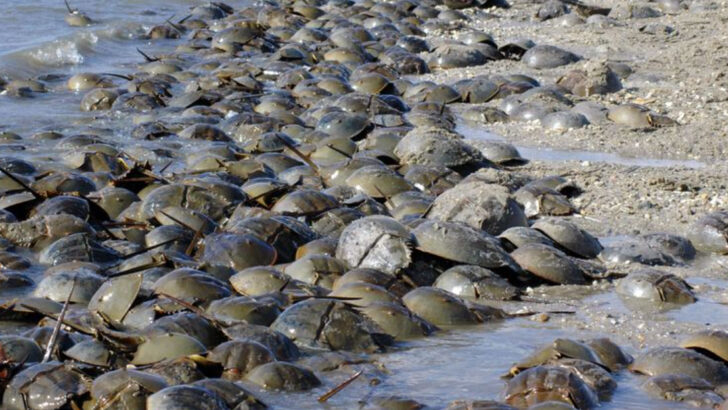Delaware may be small, but its wild side is larger than life!
Venture into this underrated state, and you’ll discover a hidden world where nature dazzles at every turn. In quiet wetlands, secret forests, and even suburban corners, unexpected creatures thrive, painting a vivid picture of Delaware’s wild heart.
Picture agile amphibians leaping through marshes, rare birds flitting over open fields, and cunning mammals prowling beneath ancient trees. Each encounter feels like a secret whispered by nature, a delightful surprise in a state that defies its size.
Get ready to explore 18 surprising wildlife species that call Delaware home. These marvels prove that even the smallest state can be a powerhouse of natural wonder, waiting to be uncovered by the curious and adventurous.
Delaware Blue Heron
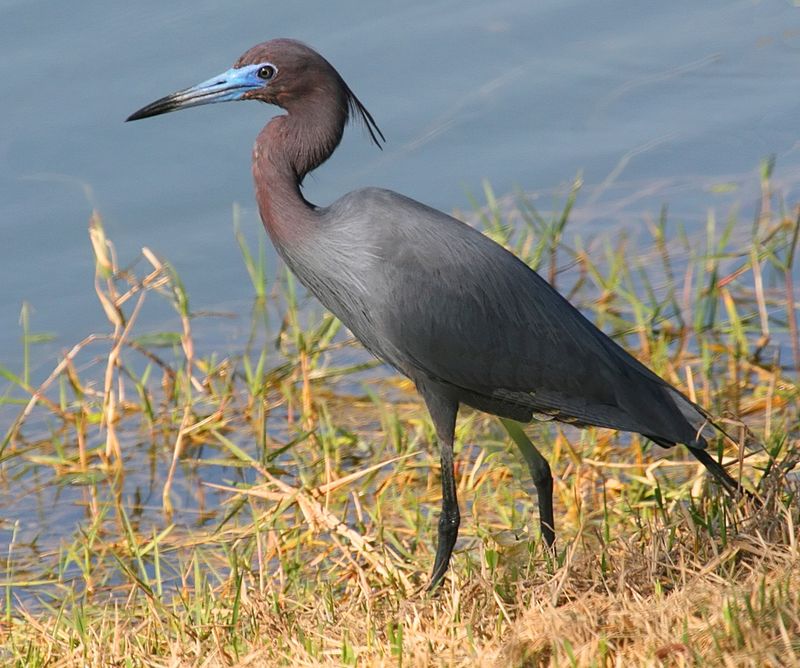
The Delaware Blue Heron, a majestic bird, graces the wetlands with its striking presence. Standing tall and graceful, it hunts for fish in the shallow waters.
Known for its long legs and neck, the heron is a skilled hunter. It stays still for long periods, waiting for the perfect moment to strike its prey.
An iconic sight in Delaware’s marshes, this bird symbolizes patience and precision, delighting birdwatchers and nature enthusiasts alike.
Eastern Box Turtle
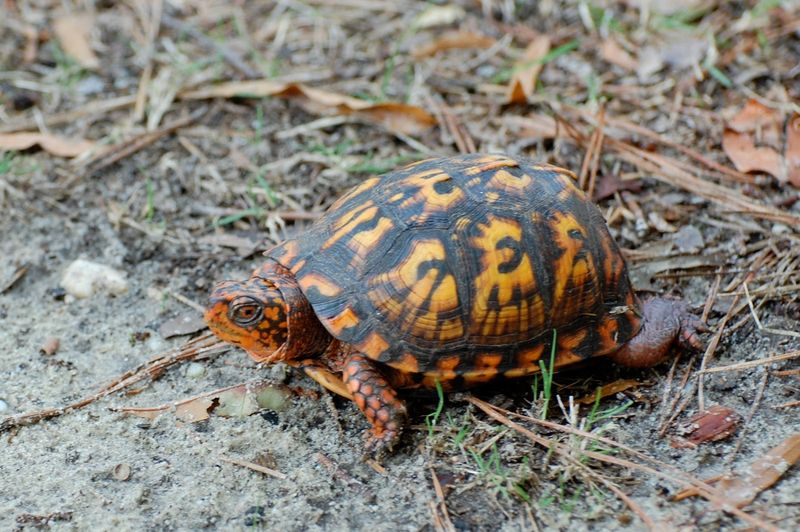
The Eastern Box Turtle, with its distinctive domed shell, is a beloved resident of Delaware’s forests. Its shell’s intricate patterns provide camouflage against predators.
These turtles are known for their slow movement but can live a surprisingly long life, sometimes over a century. They thrive in humid environments, often found near streams.
Protecting these gentle creatures is crucial as their habitats face threats from urban development.
Horseshoe Crab
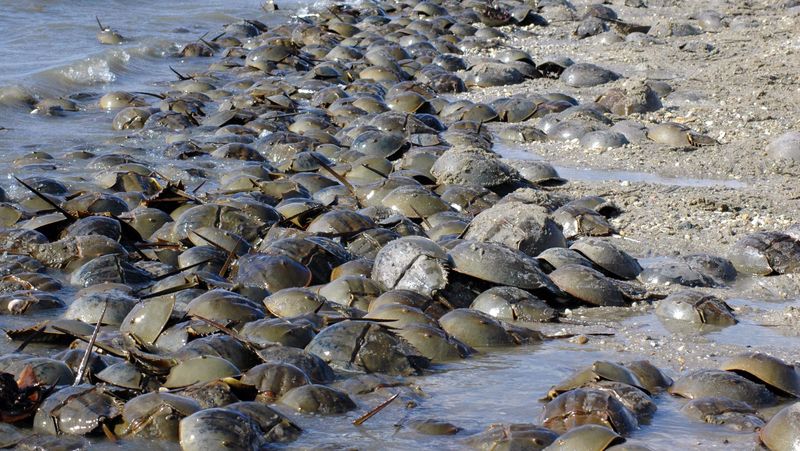
Horseshoe Crabs are living fossils, having existed for over 450 million years. Delaware’s beaches serve as critical spawning grounds for these fascinating creatures.
In spring, the shores become a breeding hub, attracting thousands of crabs. Their eggs provide vital nourishment for migrating shorebirds.
Conservation efforts are essential, as these crabs play a key role in the ecosystem, supporting biodiversity along Delaware’s coastlines.
Red Fox
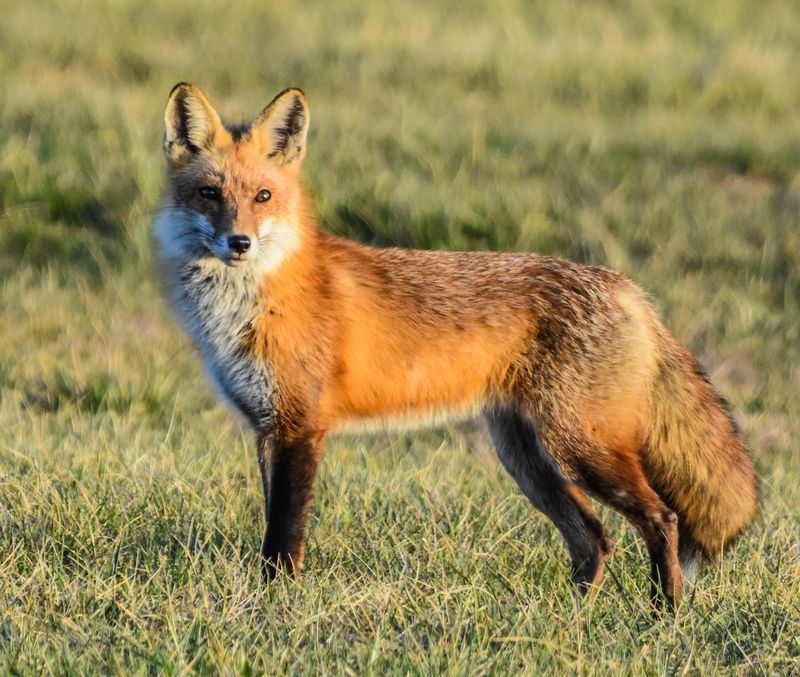
The Red Fox, with its bushy tail and sharp features, is a cunning hunter found across Delaware. Its adaptability allows it to thrive in diverse environments, from urban areas to woodlands.
Known for its resourcefulness, the fox preys on rodents, helping control their populations.
Observing a Red Fox in the wild is a treat, showcasing the delicate balance of predator and prey in nature.
Osprey
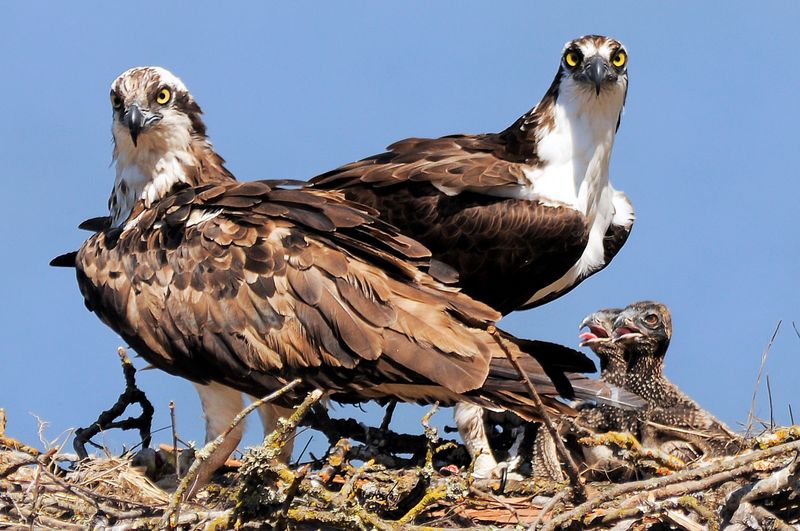
The Osprey, a masterful fisher, is a common sight along Delaware’s waterways. With its keen eyesight, it dives with precision to snatch fish from the water.
Known as a symbol of resilience, the Osprey has made a remarkable comeback from near extinction. Its presence indicates a healthy aquatic ecosystem.
These birds build large nests, often returning to the same site each year, marking their territory.
American Bald Eagle
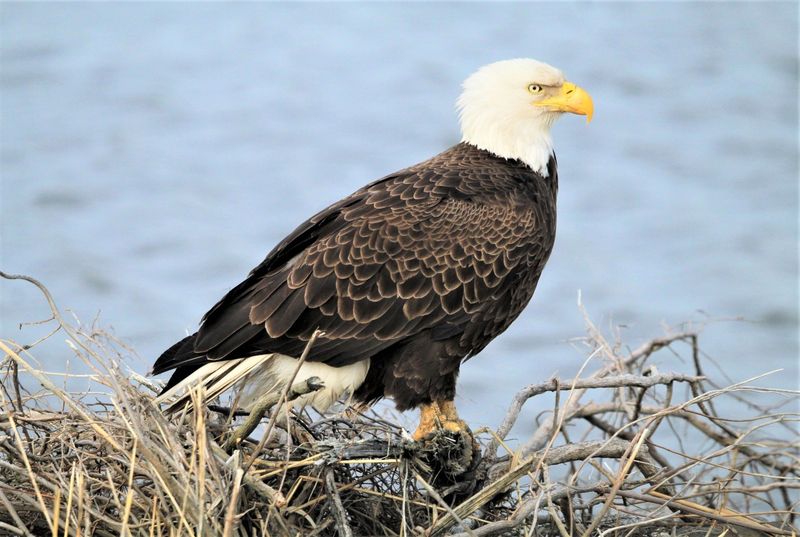
The American Bald Eagle, the national bird of the United States, soars majestically over Delaware’s landscapes. Its impressive wingspan and striking white head make it easy to spot.
Eagles favor areas near water, where they hunt fish and other small prey. Conservation efforts have helped their populations rebound.
Seeing a Bald Eagle in flight is an awe-inspiring experience, a reminder of the wild beauty that persists in Delaware.
Eastern Screech Owl
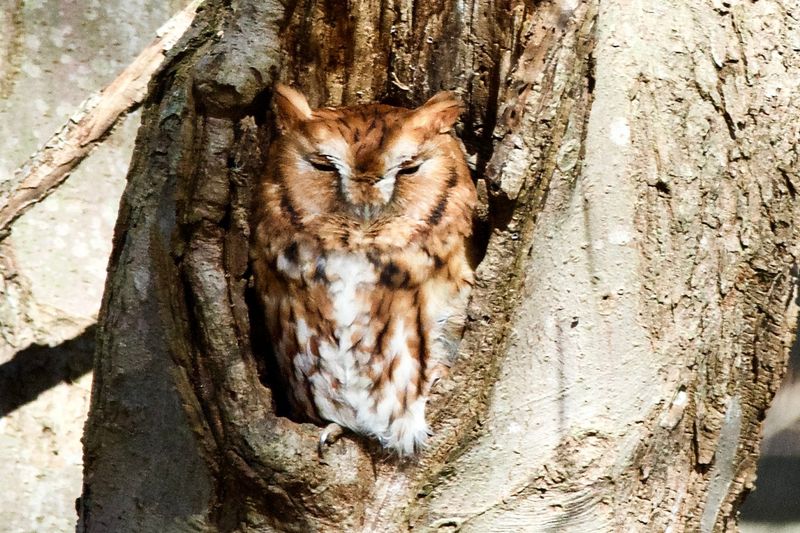
The Eastern Screech Owl, small but formidable, resides in Delaware’s wooded areas. Its distinctive call echoes through the night, a haunting yet beautiful sound.
These owls blend seamlessly with their environment, thanks to their camouflaged feathers. They are expert hunters, feeding on insects and small mammals.
Spotting one requires patience and a keen eye, but it’s a rewarding experience for bird enthusiasts.
White-tailed Deer
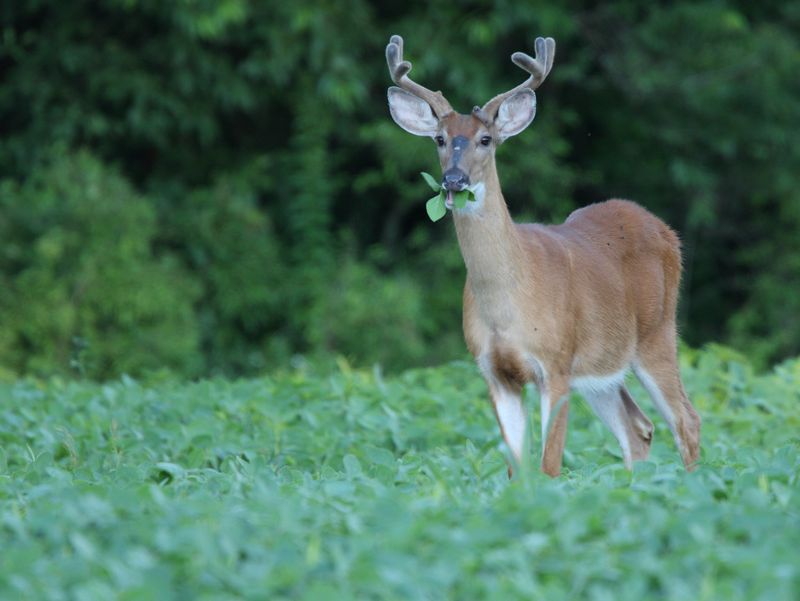
The White-tailed Deer, with its graceful demeanor, often appears in Delaware’s forests and fields. Recognizable by its signature white tail, this deer is both prey and a symbol of wilderness.
They adapt well to various habitats, but urban expansion poses challenges. Deer management programs aim to balance their populations with ecological health.
Observing these creatures offers a glimpse into the complex web of life in Delaware’s wild spaces.
Virginia Opossum
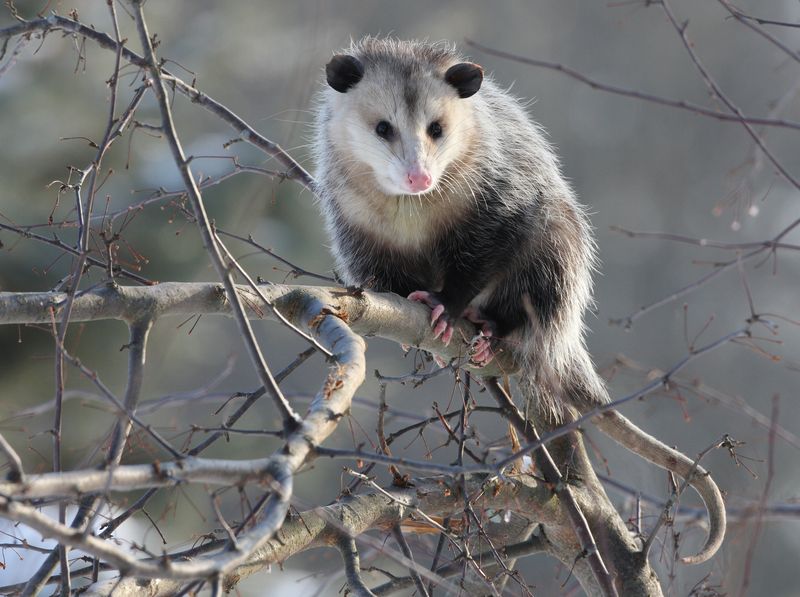
The Virginia Opossum, North America’s only marsupial, is a common nighttime visitor in Delaware. Known for its “playing possum” act, it feigns death when threatened.
These creatures are remarkably adaptable, often seen rummaging through gardens and wooded areas. They play a key role in controlling pests, like ticks and insects.
Despite their reputation, opossums are harmless and beneficial to have around.
Eastern Cottontail Rabbit
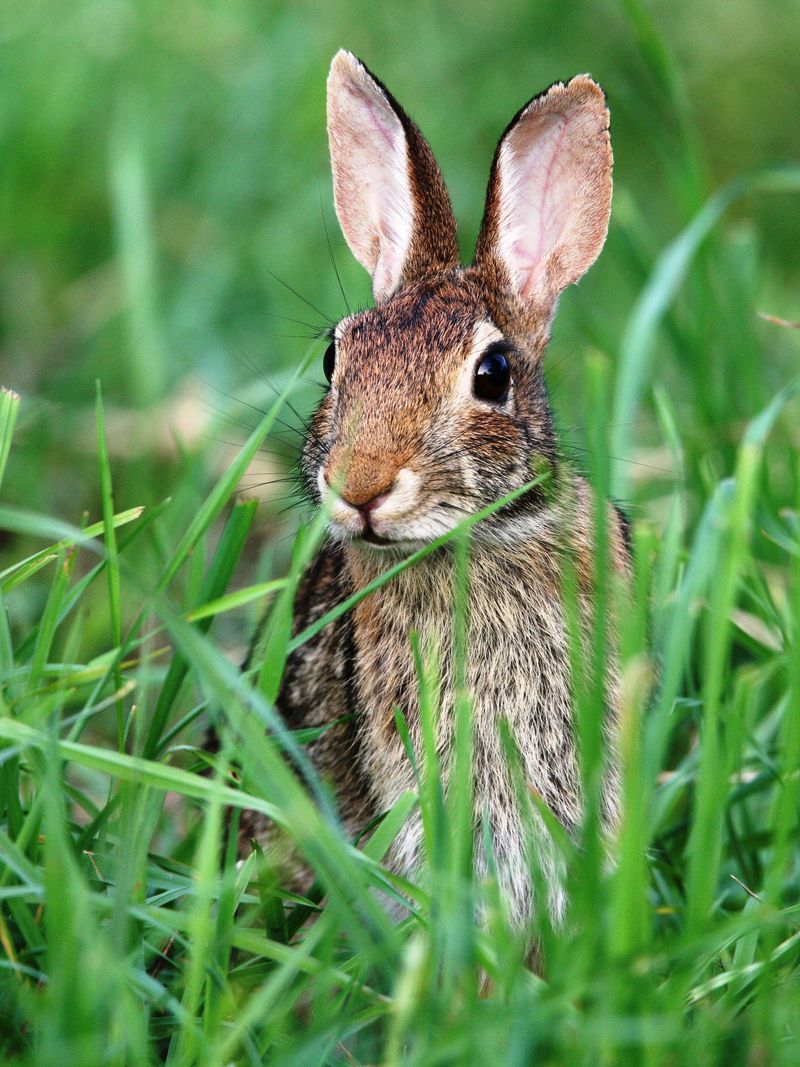
The Eastern Cottontail Rabbit, with its soft fur and twitching nose, is a familiar sight across Delaware’s meadows. Known for its speed and agility, it relies on quick reflexes to escape predators.
These rabbits are prolific breeders, ensuring their populations remain robust. They are a vital food source for many predators, supporting the local ecosystem.
Observing them in the wild brings a sense of joy and connection to nature.
Painted Turtle
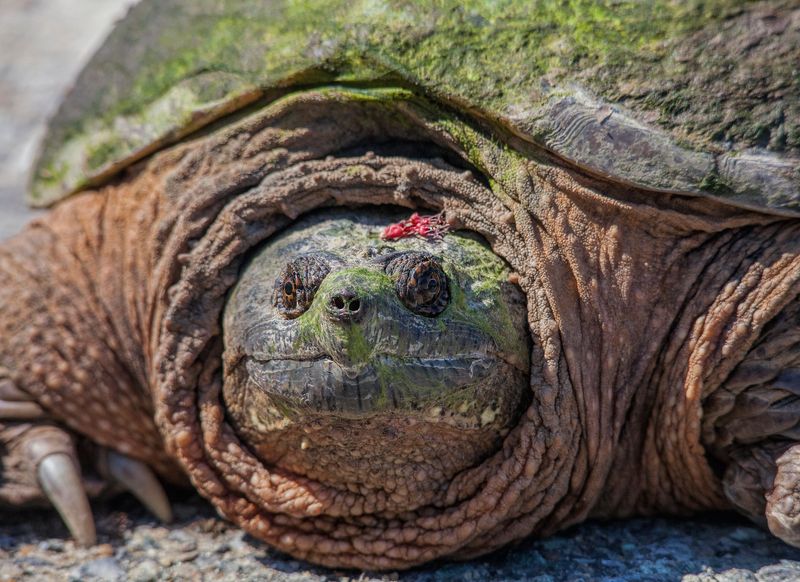
The Painted Turtle, with its vibrant markings, is a sunbather in Delaware’s ponds and lakes. Its colorful shell distinguishes it from other turtle species.
These turtles are often seen basking in groups, absorbing warmth from the sun. They play a significant role in the aquatic ecosystem by controlling insect populations.
Their serene presence adds to the tranquility of Delaware’s freshwater habitats.
Great Horned Owl
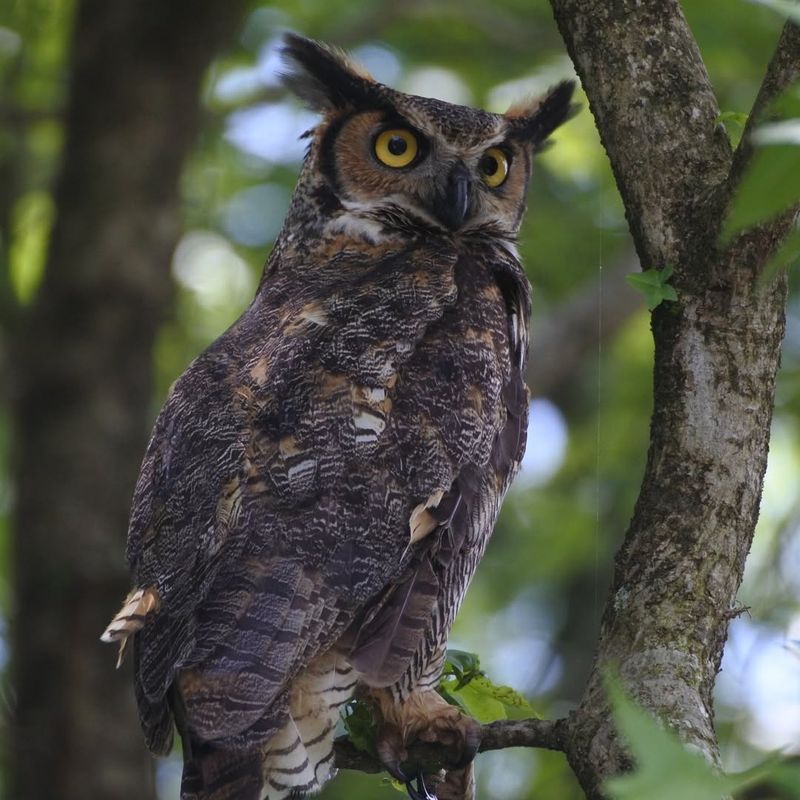
The Great Horned Owl, a formidable predator, dominates the night skies of Delaware. Its deep hoot is a signature sound in the wilderness.
With powerful talons and keen vision, it hunts a variety of prey, including rodents and smaller birds. This adaptability ensures its success across diverse terrains.
Spotting this owl is a thrilling experience, embodying the mysterious allure of the nocturnal world.
Common Snapping Turtle
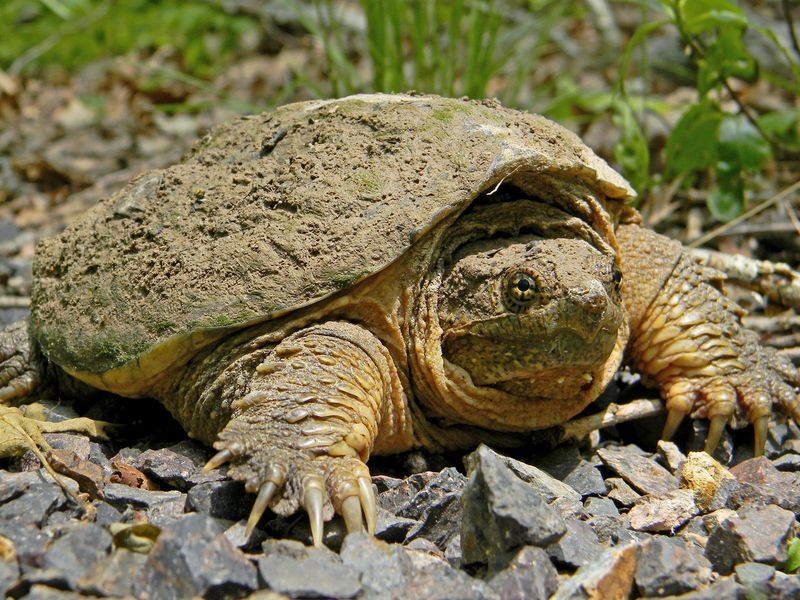
The Common Snapping Turtle, lurking in Delaware’s waters, commands respect with its powerful jaw. Often misunderstood, these turtles are vital for controlling aquatic ecosystems.
Known for their aggressive demeanor, they prefer to avoid humans, spending much time submerged. Their presence indicates a healthy water system.
Observing them in the wild offers insight into the complexity of life beneath the water’s surface.
Little Brown Bat

The Little Brown Bat, a nocturnal insectivore, thrives in Delaware’s caves and forests. Its echolocation abilities allow it to navigate and hunt with precision in the dark.
These bats play a crucial role in controlling insect populations, benefiting agriculture and human health. However, they face threats from habitat loss and disease.
Conservation efforts are crucial to preserving these essential creatures and their ecological contributions.
Northern Cardinal

The Northern Cardinal, with its striking red plumage and melodic song, brightens Delaware’s gardens and woodlands. Known for its territorial nature, it defends its area fiercely.
Cardinals are a favorite among birdwatchers, offering a splash of color and melody to any setting.
Attracting them to your yard is simple: provide seeds and a safe habitat, and enjoy their vibrant presence.
Raccoon
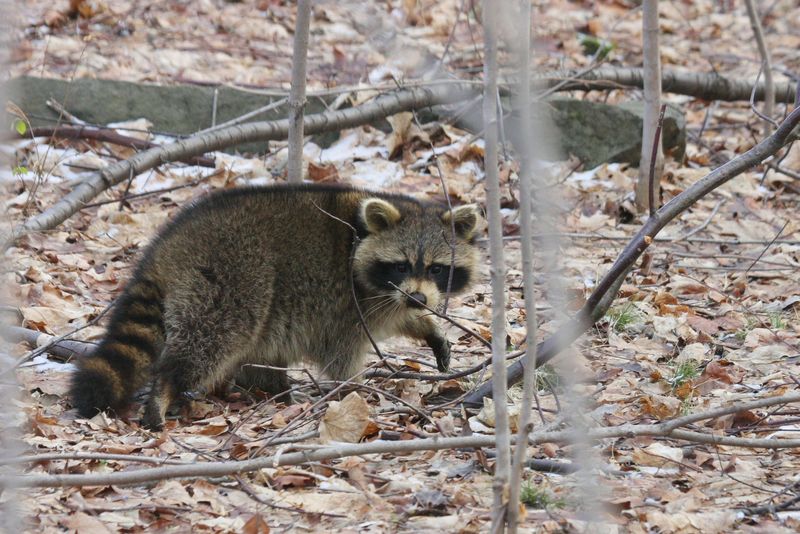
The Raccoon, with its clever hands and masked face, is a curious visitor in Delaware’s urban and rural areas. Known for its dexterity, it often forages in trash bins and gardens.
These adaptable creatures are skilled problem-solvers, thriving in diverse environments. They play a role in seed dispersal, aiding plant growth.
Observing raccoons reminds us of the ingenuity and adaptability of wildlife.
Black-crowned Night Heron
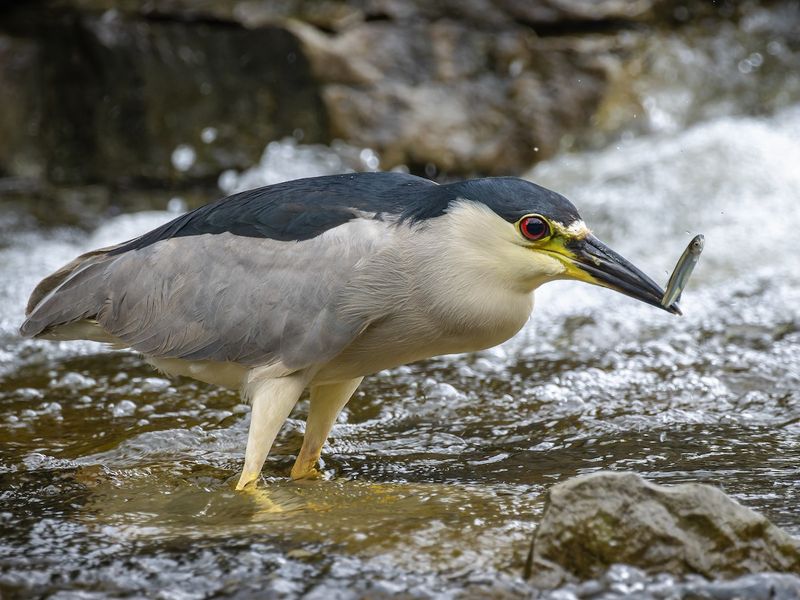
The Black-crowned Night Heron, a stealthy hunter, inhabits Delaware’s wetlands. Known for its striking red eyes and nocturnal habits, it forages primarily at night.
These herons are social birds, often nesting in colonies. Their presence indicates a thriving ecosystem rich in fish and amphibians.
Observing these birds in their natural habitat offers a glimpse into the hidden life of marshlands.
Monarch Butterfly
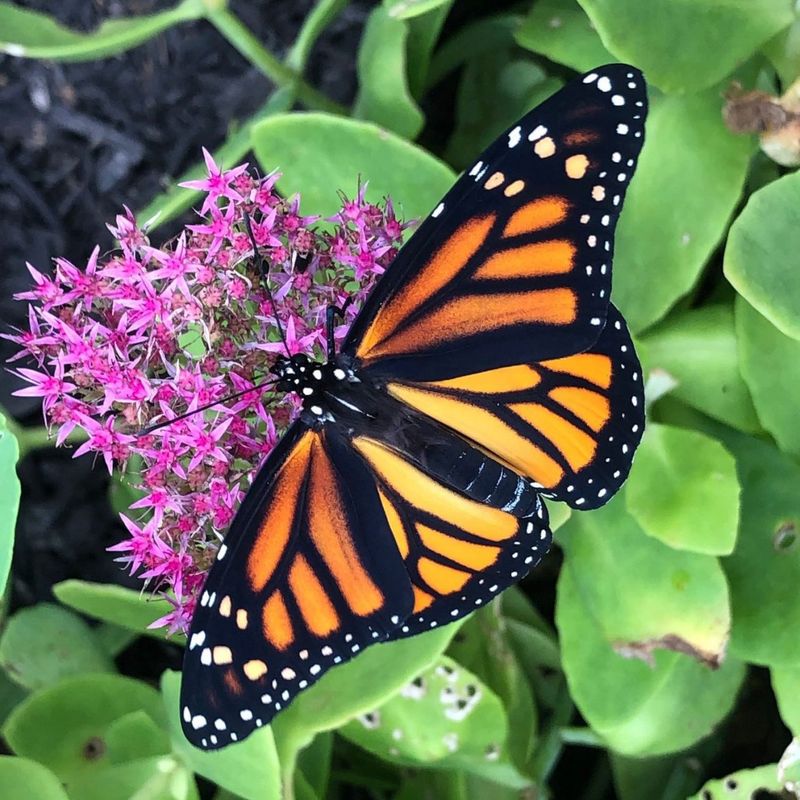
The Monarch Butterfly, a symbol of transformation, migrates through Delaware, stopping to lay eggs on milkweed. Its vibrant orange and black wings captivate onlookers.
Monarchs face threats from habitat loss and climate change, prompting conservation efforts to preserve their migration routes.
Encouraging milkweed growth in gardens can support these butterflies, ensuring their presence for future generations.

